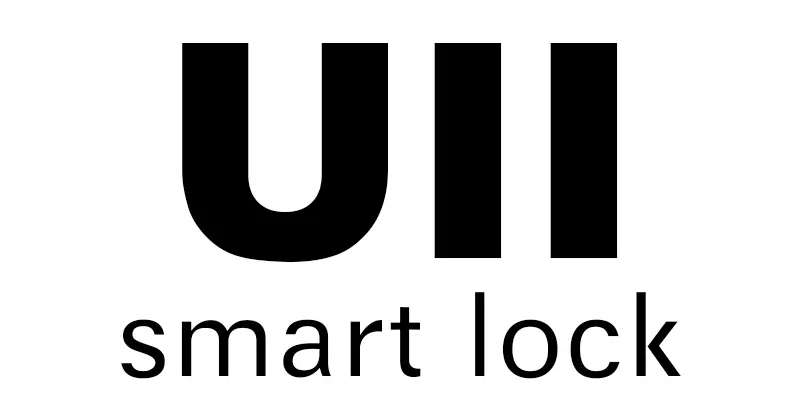
Biometrics is changing how we think about security. Instead of passwords, we now use our fingerprints, faces, and voices to prove who we are. Biometrics makes security easier and more accurate. This article looks at the latest biometric technologies, current trends, and how they affect our privacy.
1. Current Innovations in Biometrics
1.1 Advanced Fingerprint Recognition

Fingerprint recognition technology has come a long way. New techniques make it faster and more accurate. For example, ultrasonic fingerprint scanners can read prints even if your finger is wet or dirty. This technology is used in many smartphones, making them more secure and user-friendly. Today, you can find many fingerprint door lock
Table 1: Improvements in Fingerprint Recognition
| Feature | Old Technology | New Technology |
|---|---|---|
| Speed | Slow | Fast |
| Accuracy | Moderate | High |
| Environmental Adaptability | Low | High |
1.2 Facial Recognition Developments

Facial recognition is getting better thanks to AI and deep learning. These technologies help systems recognize faces in different lighting and angles. Airports use facial recognition for security checks, and social media platforms use it to tag photos. You will find a T11 is a very nice smart face recognition door lock
1.3 Iris and Retina Scanning

Iris and retina scanning are becoming more popular, especially in high-security areas. These methods are very accurate because everyone’s iris and retina patterns are unique. Banks and government agencies use these scanners to protect sensitive information.
1.4 Voice Recognition
Voice recognition technology is improving too. It can now understand different accents and languages better. Customer service centers use voice recognition to identify callers and provide personalized service.
1.5 Behavioral Biometrics
Behavioral biometrics looks at how we do things, like typing or walking. It’s harder to fake these behaviors. This technology is used to detect fraud in online banking by looking at how someone types their password.
2. Trends Shaping the Future of Biometric Security
2.1 Multi-Modal Biometrics
Using more than one biometric method at a time is becoming popular. For example, a system might use both fingerprint and facial recognition. This makes security stronger because it’s harder to fake multiple types of biometrics.
2.2 Mobile and Wearable Biometrics
Biometric technology is now in our smartphones and wearable devices. This makes it easy to use biometric security every day. For instance, smartwatches can unlock phones and make payments using the wearer’s heartbeat pattern.
2.3 AI and Machine Learning Integration
AI and machine learning are making biometric systems smarter. These technologies help systems learn from data and improve over time. They can also predict and prevent security threats before they happen.
2.4 Biometric Data Storage and Security
Keeping biometric data safe is very important. New storage solutions like blockchain make it harder for hackers to steal this data. Businesses are using these technologies to ensure that biometric data stays private and secure.
3. Implications for Privacy and Security
3.1 Privacy Concerns
Collecting and storing biometric data can raise privacy concerns. There’s a risk that this data could be misused or stolen. It’s important to find a balance between using biometrics for security and protecting people’s privacy.
3.2 Regulatory and Legal Frameworks
Many places have laws to protect biometric data. For example, the GDPR in Europe and the CCPA in California set rules for how companies can collect and use this data. Businesses need to follow these laws to avoid penalties.
3.3 Ethical Considerations
There are also ethical issues to consider. Using biometrics responsibly is crucial to avoid discrimination and other problems. Companies should follow ethical guidelines to ensure they use this technology fairly.
Conclusion
Biometric technology is making security better and easier to use. However, it’s important to address privacy and ethical concerns. By balancing innovation with privacy, we can create a safer and more secure future.
